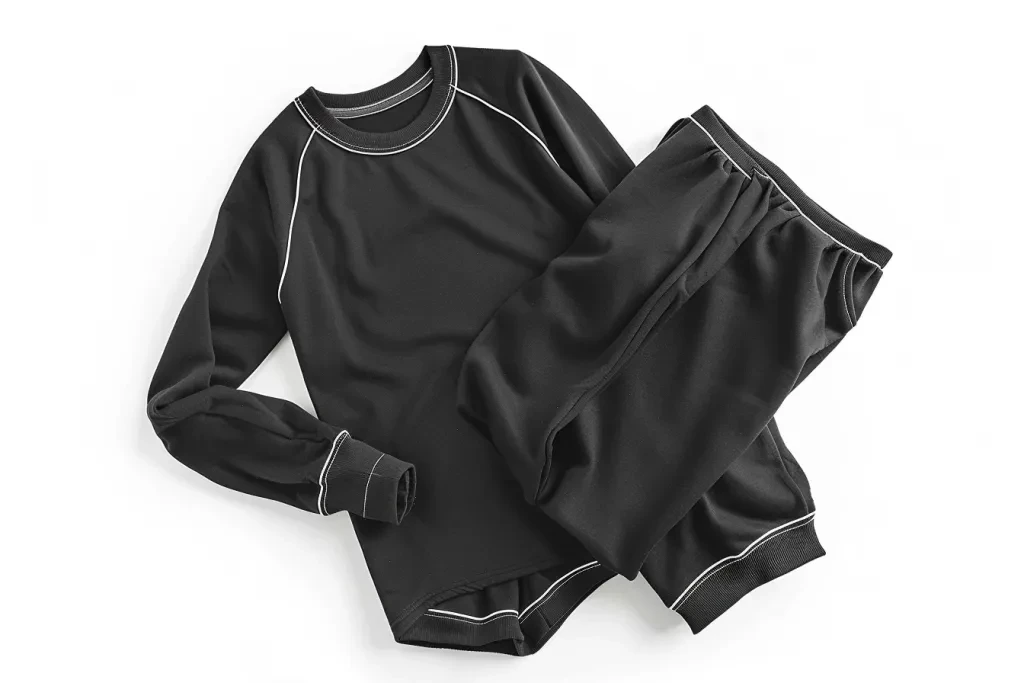As the backbone of any skier’s wardrobe, ski base layers are the unsung heroes of the slopes. Designed to keep you warm, dry, and comfortable, understanding and selecting the right base layer can significantly enhance your skiing experience. This guide will explore the importance, popularity, and selection process of ski base layers, ensuring you stay focused on your performance rather than the cold.
Table of Contents:
– What is a ski base layer?
– The popularity of ski base layers
– Are ski base layers effective?
– How to choose the perfect ski base layer
– Tips for using ski base layers effectively
What is a ski base layer?

Ski base layers are specialized garments designed to be worn directly against the skin under other skiing apparel. Their primary function is to manage moisture, provide insulation, and maintain the body’s natural temperature during skiing activities. Made from materials like merino wool, synthetic fibers, or a blend of both, these layers are engineered to wick sweat away from the skin, keeping the wearer dry and warm. The importance of a good ski base layer cannot be overstated, as it sets the foundation for thermal regulation and comfort on the slopes.
The popularity of ski base layers

In recent years, ski base layers have seen a surge in popularity among both amateur and professional skiers. This rise can be attributed to advances in fabric technology, which have made these garments more effective and comfortable than ever before. Skiers are increasingly recognizing the benefits of a quality base layer in enhancing their overall skiing experience, leading to a growing demand for these essential pieces of gear. From casual weekend warriors to competitive athletes, the consensus is clear: a good ski base layer is an indispensable part of any skier’s wardrobe.
Are ski base layers effective?

The effectiveness of ski base layers is a topic of much discussion within the skiing community. The consensus is that they are indeed crucial for maintaining comfort and performance in cold conditions. By wicking moisture away from the skin and providing an additional layer of insulation, they help regulate body temperature, preventing both overheating and chilling. Moreover, the right base layer can also offer some degree of compression, which can aid in muscle recovery and reduce fatigue. In essence, a high-quality ski base layer is a key component of staying warm, dry, and comfortable on the slopes.
How to choose the perfect ski base layer

Selecting the right ski base layer involves considering several factors, including material, weight, and fit. The material is perhaps the most critical aspect, as it directly affects the garment’s warmth, breathability, and moisture-wicking properties. While merino wool offers excellent warmth and natural odor resistance, synthetic materials like polyester are highly effective at moisture management. The weight of the base layer should be chosen based on the expected conditions and personal preference, with lighter layers suited for mild weather and heavier ones for colder temperatures. Finally, the fit should be snug but not restrictive, allowing for full range of motion while ensuring efficient moisture wicking.
Tips for using ski base layers effectively

To maximize the benefits of your ski base layer, it’s essential to use and care for it properly. Always follow the manufacturer’s washing instructions to maintain the garment’s functionality and longevity. It’s also advisable to layer appropriately, combining your base layer with a suitable mid-layer and outer shell based on the weather conditions. Avoid cotton at all costs, as it retains moisture and can lead to discomfort and cooling. Lastly, consider investing in multiple base layers to rotate between days, ensuring you always have a dry, fresh layer to start your skiing adventure.
Conclusion:
Ski base layers are a cornerstone of comfort and performance on the slopes. By understanding their importance, selecting the right materials and fit, and using them effectively, skiers can enjoy enhanced warmth, dryness, and overall enjoyment of their winter sports activities. As you prepare for your next skiing adventure, remember that a great day on the slopes begins with the right base layer.



